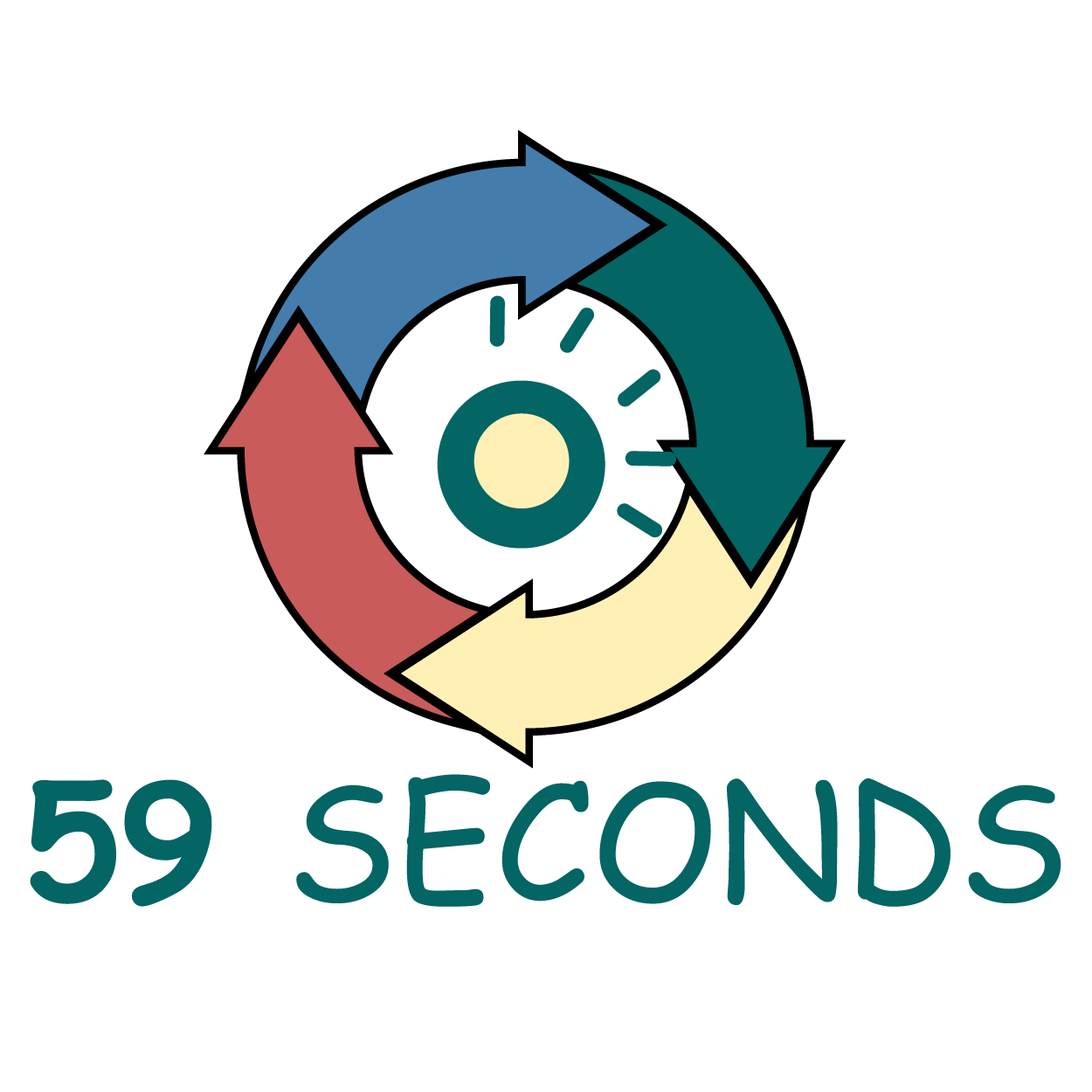Prioritizing in Scrum
The purpose of prioritization in Scrum is to determine which user stories deliver the greatest amount of value to the customer. The items that are selected for the Prioritized Product Backlog undergo specific techniques to determine their levels of value. A discussion of the techniques used for User Story prioritization in Scrum follows. The purpose of using prioritization methods is to quickly reach a consensus on the priority of each user story or requirement.
MoSCoW Prioritization Scheme
This prioritization method’s name means the following:
- M – Must Have (1st priority)
- Essential user stories that “must be” included as high priority items in the Product Backlog.
- S – Should Have (2nd priority)
- Important user stories but these are not required for a release.
- C – Could Have (3rd priority)
- Desirable user stories but not required. This category is enhancement user stories.
- W – Won’t Have (4th priority)
- This category is for very low priority user stories that can be dropped and added in a later release.
The letter “o” is not used for anything with this method. Each letter above has a decreased level of importance starting with “Must Have”. The lowest priority level “Won’t Have” is not required to be included. This prioritization method is best for internal projects rather than utilization with large groups of customers. A small group is better suited, rather than numerous customers.
Recommended Further Reading
The following materials may assist you in order to get the most out of this course:
